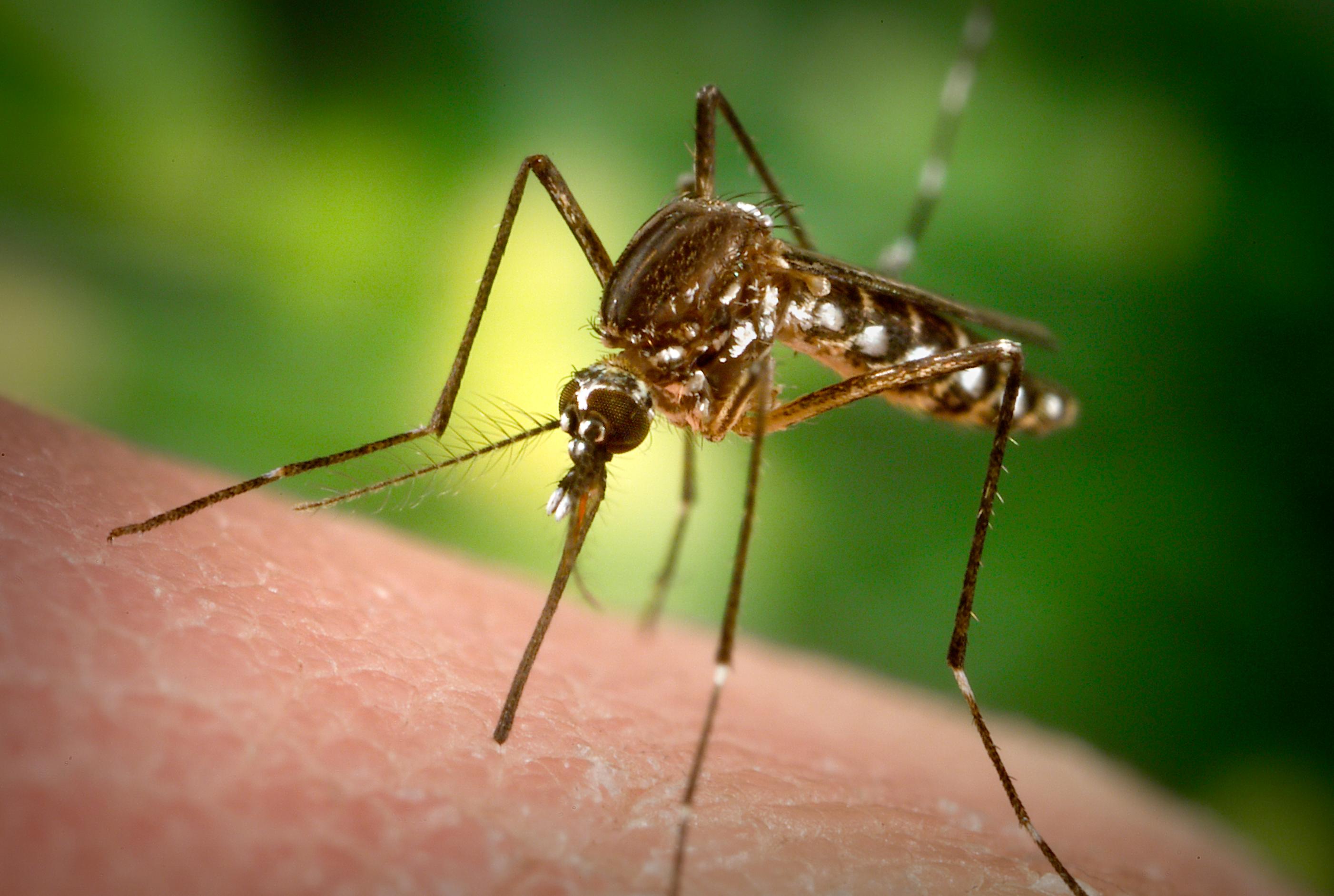| Picture not available | Myiasis is the invasion of a living vertebrate animal by fly larvae. Myiasis is a way to exploit a rich protein source by the larvae for development and sometimes by the adults for reproduction. Most fly species are rarely involved in myiasis while other species, the Screwworm fly, it is the only way of life. |
There are three different classifications of myiasis, accidental, facultative or obligatory.
Accidental myiasis generally occurs when the eggs or larvae of a fly contaminate foods that are ingested by an animal host. The fly species is not parasitic but in order to survive they become parasitic. Many times the flies will pass through the host’s body unharmed but their presence can cause discomfort, nausea, diarrhea, as well as other problems on their way through.
Facultative myiasis involves larvae that can be either free living or parasitic. They are considered opportunistic and have the ability to exploit living tissue. This is what occurs when blow fly larvae that normally develop in carrion, invade open sores on livestock. Species that partake in facultative myiasis are thought of as the bridge between carrion feeding species and species that feed on living tissues. Many of these species are able to switch back and forth between dead and living tissue. The adults are attracted to the open wounds, such has infected bed sores.
Obligatory myiasis involves fly species whose larvae are always parasitic (screwworms and bot flies). They require a living host for development.




